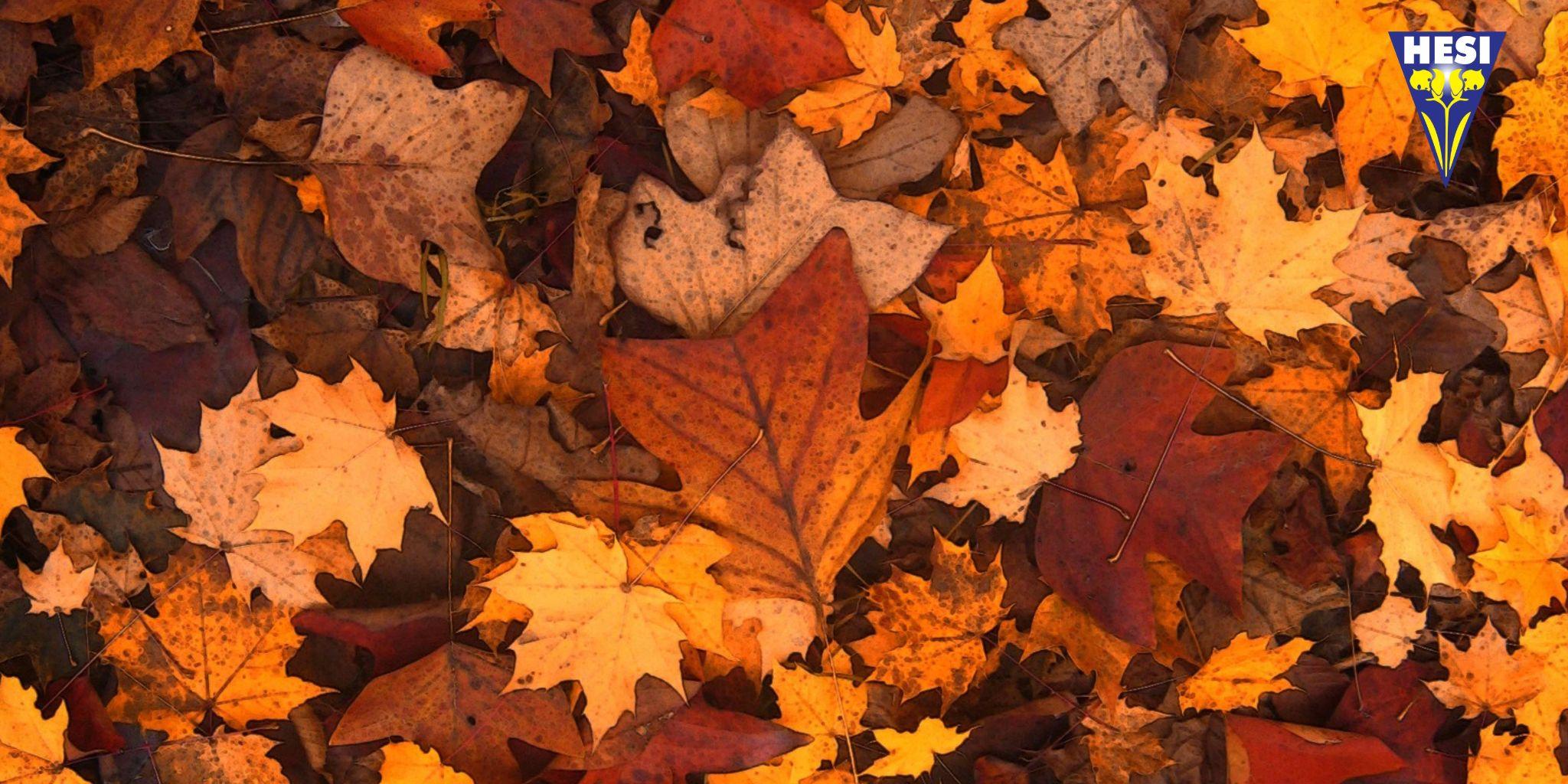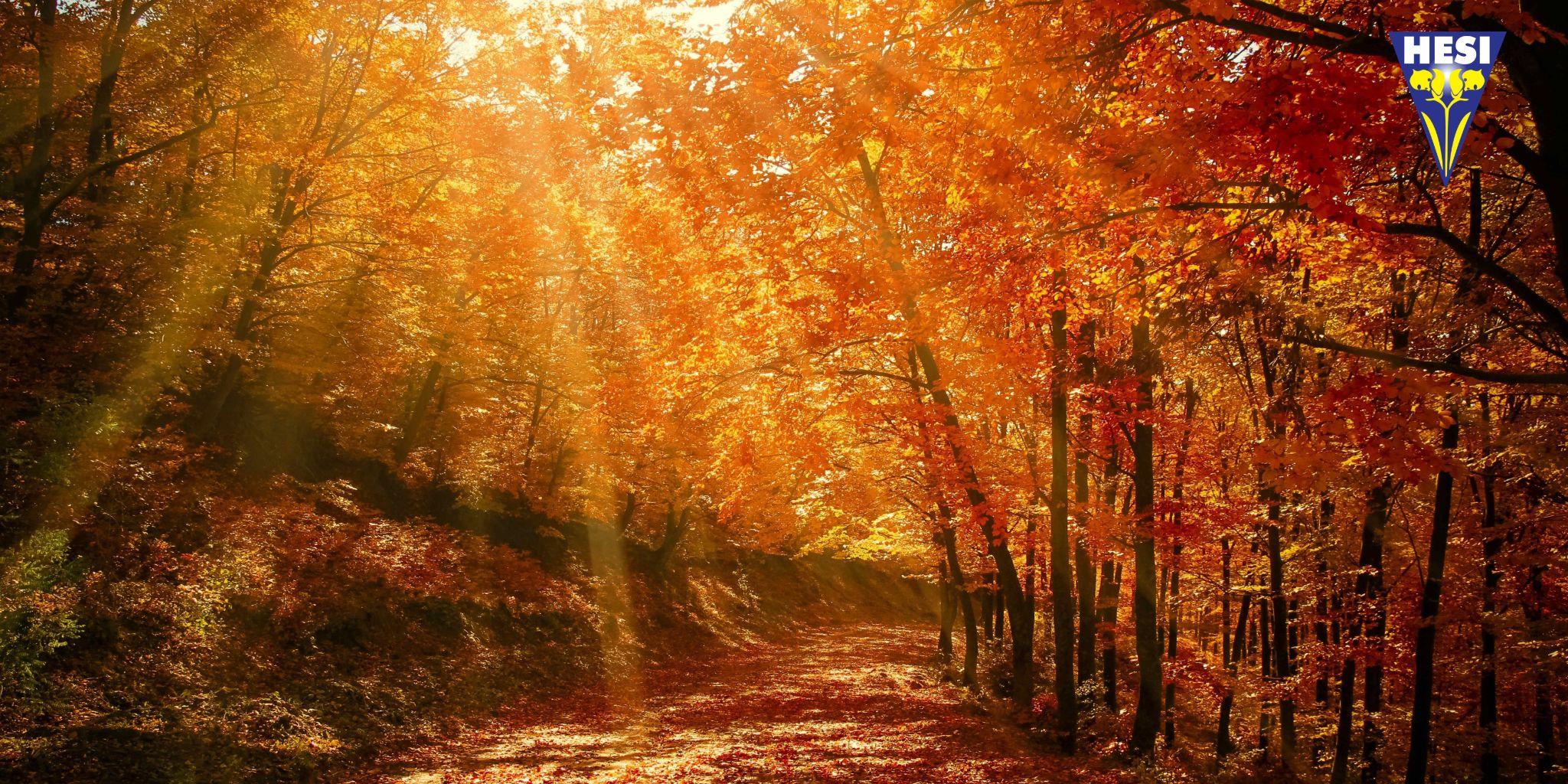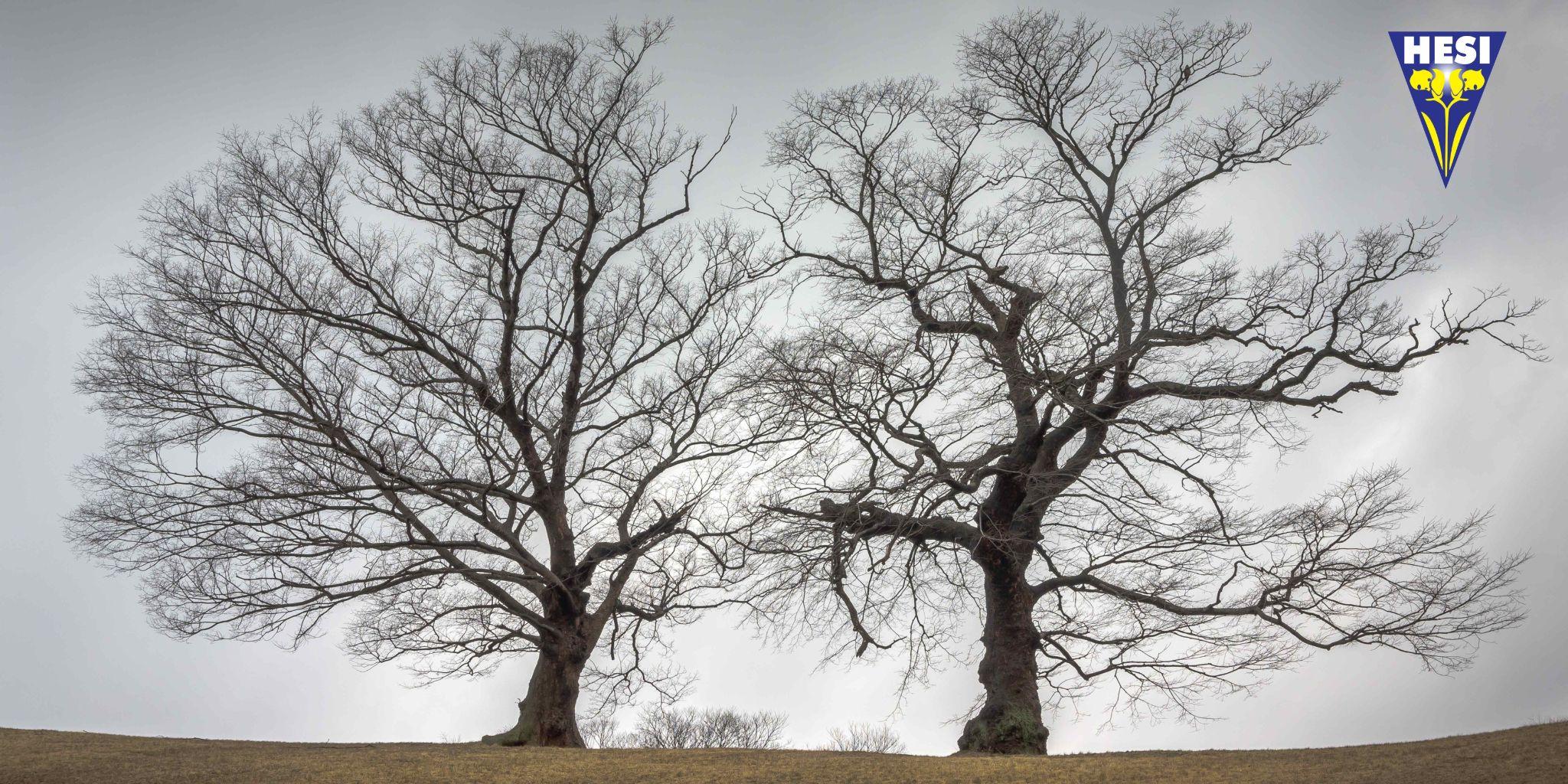As the scent of pumpkin spiced lattes flourishes through the cafes, and the warm and cosy scarfs are taken out of the closet, the northern hemisphere begins to enter the autumn equinox. The fall-coloured season has arrived! An official farewell to the summer, with colder temperatures and shorter days. That’s when we put on our sweaters and boots, and get ready for a nice stroll through the beautiful red, brown, orange and yellow landscapes.



You might have noticed that leaves start to turn yellow and fall off the tree around the same time. But why do they change colour? What is happening in the leaf that makes it lose its chlorophyll and turn yellow? Let us dive into this phenomenon.

Less sun, less chlorophyll
Winter is coming…The sudden changes of temperatures, but also the length of the day, activates a signal to each leaf, informing that it is time to prepare for winter. This is the moment the tree starts preparing for the tougher period to come. Each leaf contains different coloured pigments, yet normally we only see one colour: the green pigments. This green colour is the result of a chemical called Chlorophyll. It is created during photosynthesis when sunlight is used to create energy for a tree. It basically is the fuel for a tree to keep their car running. Trees collect as much chlorophyll as possible during the spring and summer months, to prepare for winter (almost like bears get ready for their hibernation).
Because the strength of the sun, and the amount of sunlight in general, drops with the beginning of autumn, the production of chlorophyll is brought to a minimum, or fully stops. When this happens, the percentage of chlorophyll in the leaves reduces, and other colours start to appear!
Show time for Carotenoids and Anthocyanins
And these other colours that we see, such as the beautiful brown, dark red, orange or yellow tones, are created by carotenes (yellow) and anthocyanins (reds, pinks, orange). As mentioned before, carotenoids are present in the leaf throughout the growing season, they just don’t show due the high amount of photosynthesis. Anthocyanins on the other hand, are specifically produced, mainly during autumn. These natural chemicals are also the reason fruits such as red apples, cherries or plums get their red colour.
Why do we see many colours mixed up?
Different conditions show more of the carotenes, anthocyanins or even still chlorophyll. If the sun shines more in autumn, and there is less rainfall, you will find more dark red colours. Yet, this process is slow and as the weather conditions change, so do the colours of the leaves. That’s how you get this beautiful colour show of green, yellow, reds or orange all mixed, even in one tree.

Why do leaves “fall” at one point?
Trees drop their leaves as a form of self-protection. During winter, when temperatures drop, photosynthesis comes to a stop for multiple reasons. One is that the amount of sun, intensity and the location of the sun changes, which decreases the amount of photosynthesis.
Another reason is that when it starts freezing, water drops can freeze on the leaves and break their cells and structure. This phenomenon makes any leaves useless for producing new energy for the tree.
Furthermore, with autumn, and upcoming winter weather, stronger winds arise as well. And if the tree would have a lot of leaves, the total surface area would be bigger. This bigger surface can create more chances of twigs breaking. Therefore, the tree is saving its own energy by letting go of the leaves and also decreasing the chance of breakage due strong winds and colder temperatures.
Every tree goes through a cycle each year. By dropping their leaves, which would be eaten or rotten after the winter regardless, they give themselves a fresh start in spring. Another reason for the beautiful autumn-coloured leaves to fall at one point, is because they actually create natural fertilisations in the ground. As fallen leaves are recycled and decayed on ground level, their left-over nutrients sink into the soil, which will help the tree to grow their next leaf generation in the spring and summer.

How do trees drop their leaves?
The leaves are not dropped just like that. As anything in nature, there is an underlying process that needs to be considered. When the temperatures drop and the amount of night time increases, a hormone is activated in the tree. This hormone causes chlorophyll production to stop and the pigment starts to decrease, as discussed before. There are small veins in the tree that transport water to each leaf, and the sugars from the leaves back to the tree. These vessels are closed off. During this process, a layer which is called the abscission layer is developed. This is a protection layer for the tree and also causes it to slowly let go of the leaf without leaving an open wound. A fascinating process that helps trees to save energy for the winter months to come, storing enough to grow their buds in spring. So when you are going for an autumn stroll soon, take a moment and appreciate the beautiful colours and efforts of the trees around you.
- Nature: Plants in Nature
 Deutsch
Deutsch  Français
Français  Español
Español 
